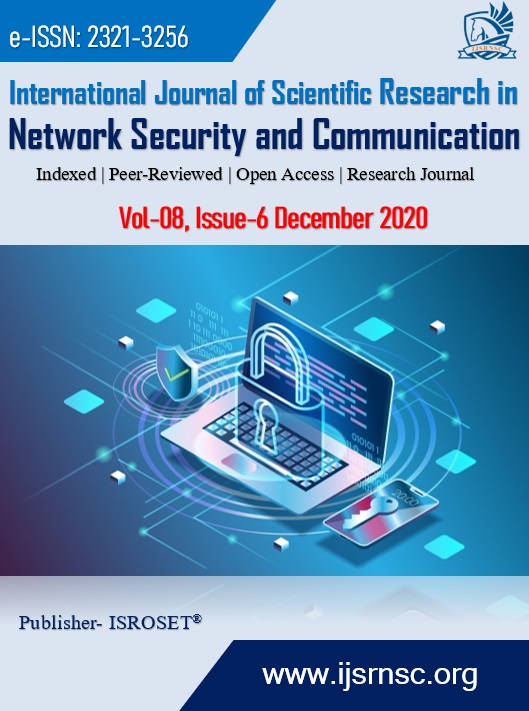Statistical Modeling of Covid 19 Outbreak in India: A Comparative and Predictive Analysis of Various Modeling Strategies
Keywords:
Novel Corona Virus, Covid-19, Data Modeling, Time Series AnalysisAbstract
This study was aimed to apply various statistical models to predict the current and future cases of novel coronavirus (COVID-19) in India to highlight the best fit model. We utilized the secondary data of cumulative confirmed and recovered cases, and deaths due to COVID-19 that was available in public domain since 30th January 2020. Various statistical models, including exponential model, polynomial and time series (ARIMA) model, were utilized to predict the current cases of COVID-19 in India and model fitness assessed. The exponential model gave satisfactory R-squared value with a growth rate of 1.14. However, there was less-than-perfect fit of the predicted and available values by exponential model. The polynomial model and ARIMA model both gave R-squared value better than the exponential model and provided the best fit of the current COVID-19 data. Hence, these were utilized for predicting the number of COVID-19 cases in India in the future. In view of the active interventions to contain the COVID-19 disease, the polynomial fit and ARIMA models appear to be more useful for predictions of future cases, which shall help the authorities in forecasting the requirement of health infrastructure to contain the effects of the pandemic.
References
J.T. Wu, K. Leung, M. Bushman, N. Kishore, R. Niehus, P.M. de Salazar, et al, “Estimating clinical severity of COVID-19 from the transmission dynamics in Wuhan, China,” Nat Med Vol.26, pp.506-510, 2020.
J.A. Backer, D. Klinkenberg, J. Wallinga, “Incubation period of 2019 novel coronavirus (2019-nCoV) infections among travellers from Wuhan, China, 20-28 January 2020,” Euro Surveill Vol.25, pp.2000062, 2020.
R. Ranjan, “Predictions for COVID-19 outbreak in India using Epidemiological models,” Medrxiv 2020;DOI:10.1101/2020.04.02.20051466.
S. Salman, M.L. Salem, “The mystery behind childhood sparing by COVID-19,” International Journal of Cancer and Biomedical Research Vol.5, pp.11-13, 2020.
J. Ma, “Estimating epidemic exponential growth rate and basic reproduction number,” Infect Dis Model Vol.5, pp.129-141, 2020.
L. Ying, A.A Gayle, A. Wilder-Smith, J. Rocklöv, “The reproductive number of COVID-19 is higher compared to SARS coronavirus,” Journal of Travel Medicine Vol.27, pp. taaa021, 2020.
S. Deb, M. Majumdar, “A time series method to analyze incidence pattern and estimate reproduction number of COVID-19,” arXiv Vol.2003, pp. 10655, 2020. [Preprint]
M. Batista, “Estimation of final size of the COVID-19 epidemic,” MedRxiv 2020;2020.02.16.20023606; doi: https://doi.org/10.1101/2020.02.16.20023606. [Preprint]
Downloads
Published
How to Cite
Issue
Section
License

This work is licensed under a Creative Commons Attribution 4.0 International License.
Authors contributing to this journal agree to publish their articles under the Creative Commons Attribution 4.0 International License, allowing third parties to share their work (copy, distribute, transmit) and to adapt it, under the condition that the authors are given credit and that in the event of reuse or distribution, the terms of this license are made clear.









